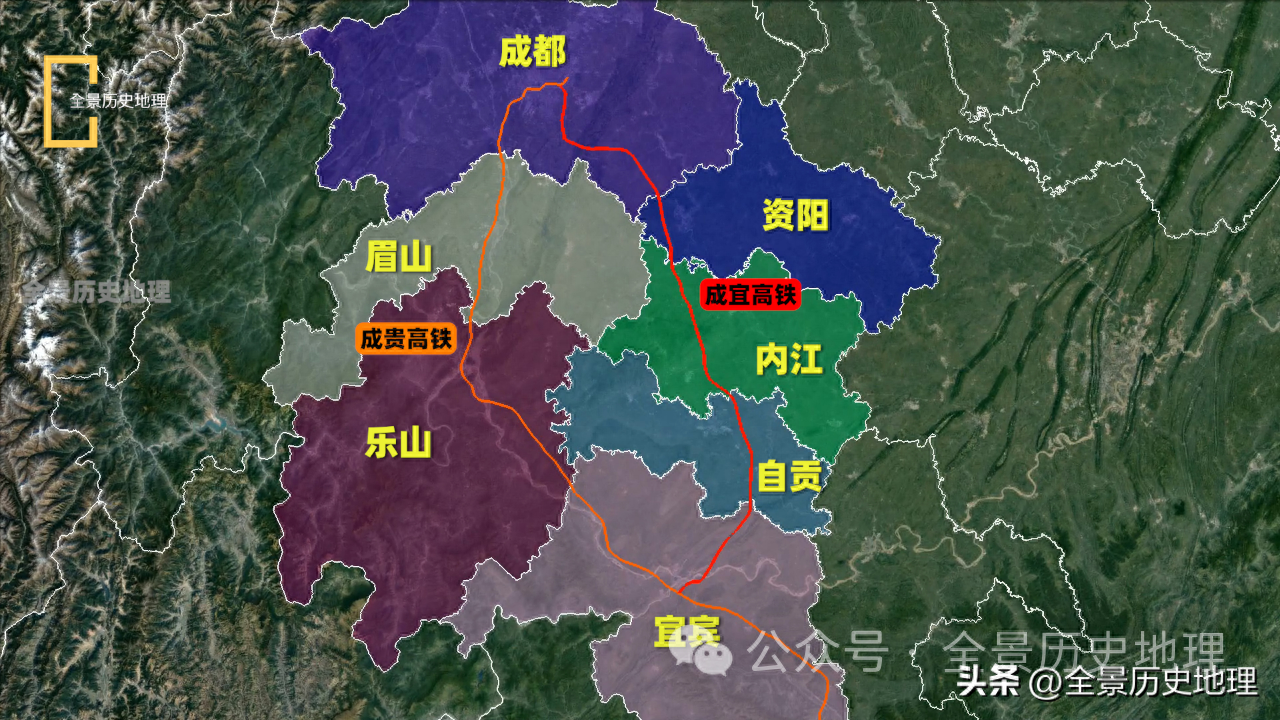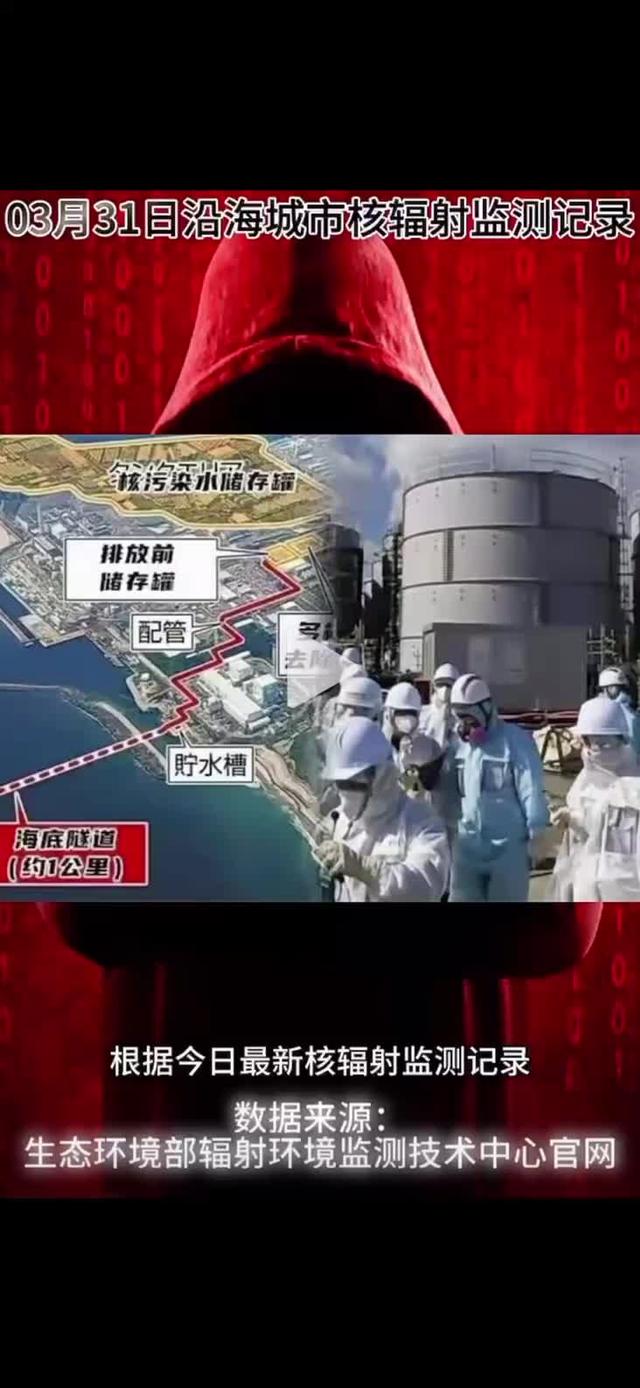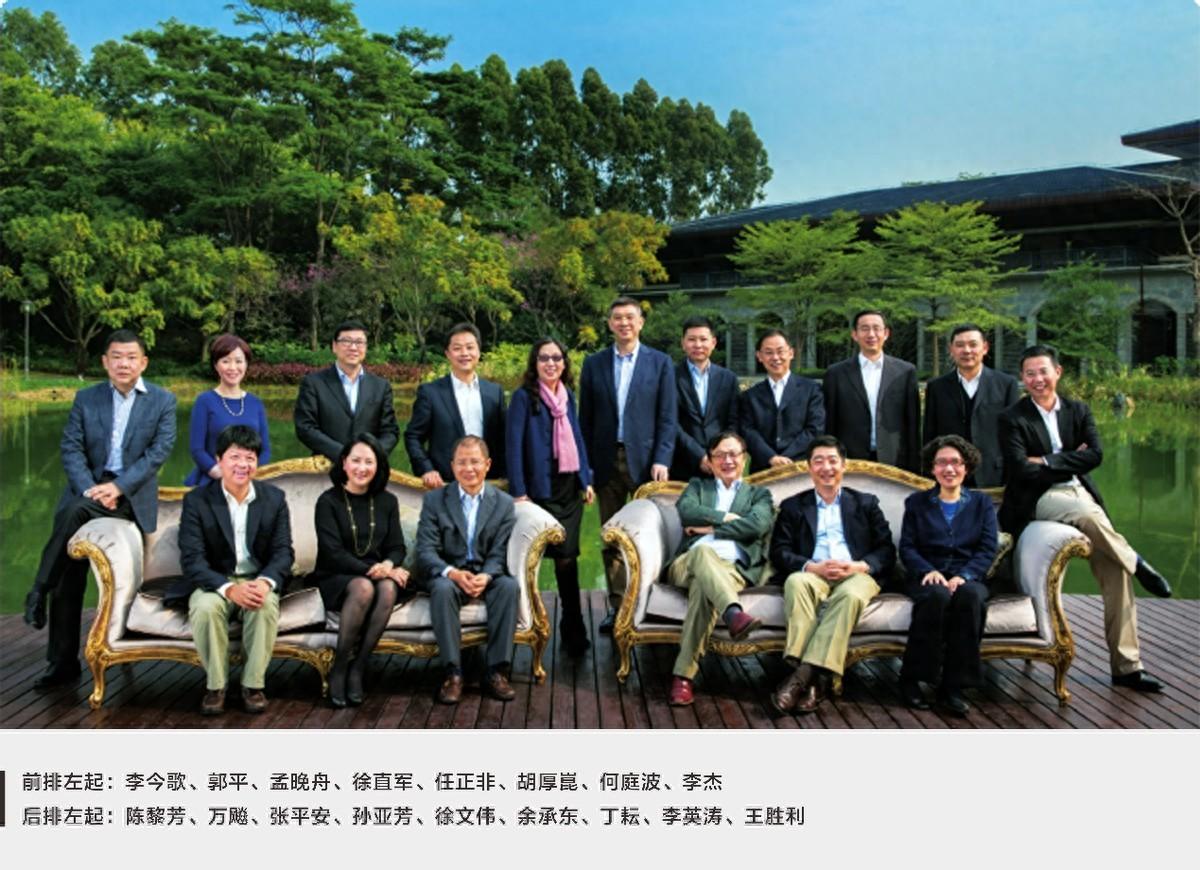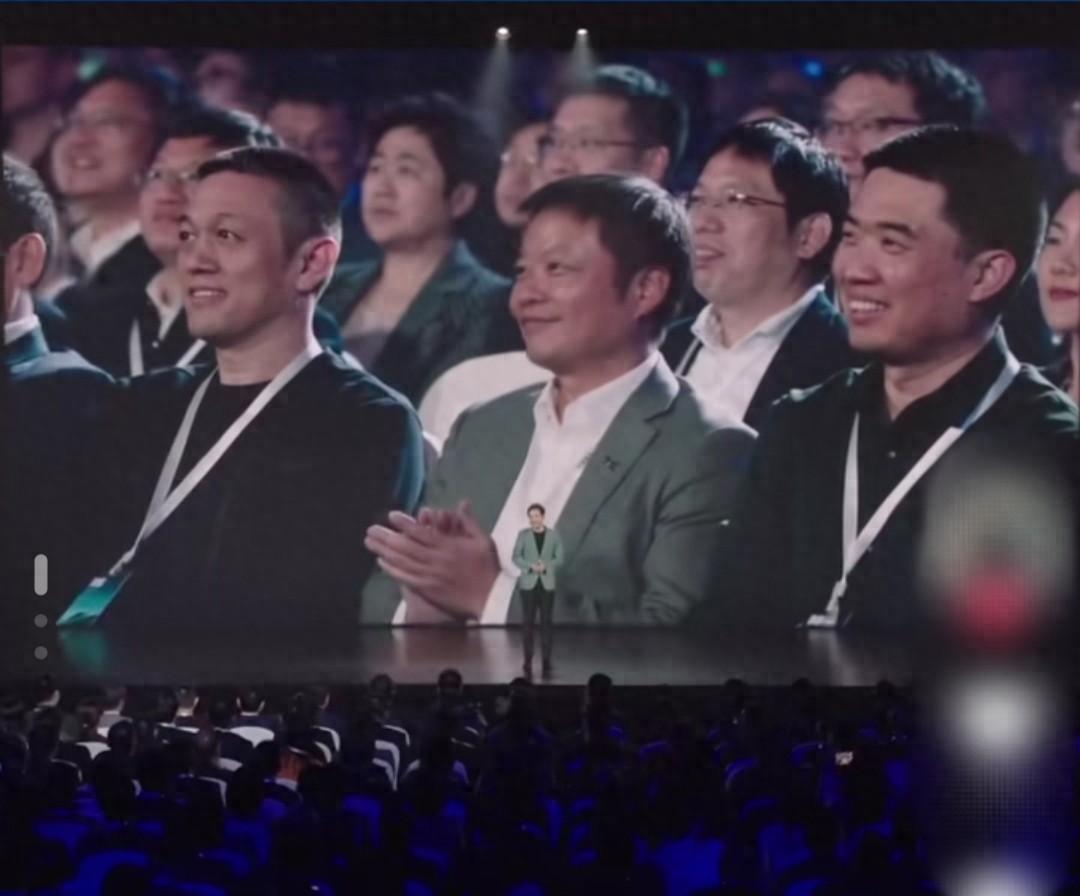The return module of Shenzhou 16 spacecraft successfully landed
According to the China Manned Space Engineering Office, at 8:11 am on October 31, the return module of the Shenzhou 16 manned spacecraft successfully landed at the Dongfeng landing site. Three astronauts, Jing Haipeng, Zhu Yangzhu, and Gui Haichao, were in good health, and the Shenzhou 16 manned flight mission was a complete success

According to the China Manned Space Engineering Office, at 8:11 am on October 31, the return module of the Shenzhou 16 manned spacecraft successfully landed at the Dongfeng landing site. Three astronauts, Jing Haipeng, Zhu Yangzhu, and Gui Haichao, were in good health, and the Shenzhou 16 manned flight mission was a complete success.
According to a reporter from the Global Times, the Shenzhou 16 manned spacecraft returned in five stages: separation, braking, re-entry, deceleration, and landing buffer. In the separation phase, this return still continues the "rapid return plan" since the Shenzhou 13 spacecraft, which means that the Shenzhou 16 manned spacecraft will fly around the Earth for about 5 circles after separating from the space station assembly and begin returning to the ground. This greatly shortens the time for astronauts to return and also reduces the discomfort of astronauts staying in narrow spaces for a long time.
It is reported that during the braking phase, the Shenzhou-16 manned spacecraft will ensure that the return module enters the Earth's atmosphere at an accurately calculated re-entry angle, and the propulsion module will burn out when passing through the atmosphere. During the re-entry phase, the onboard engine adjusts the return cabin to a trim state with the bottom facing forward, and reenters through lift control. During the re-entry process in the "black zone", the return module and ground signals were interrupted. The spacecraft development team designed a fully automatic processing method to ensure that the cabin passed through the "black zone" smoothly. During the deceleration phase, at a distance of about 10 kilometers from the ground, the guidance parachute, deceleration parachute, and main parachute of the return module are opened one after another, reducing the speed of the spacecraft to a few meters per second. In the landing buffer phase, at a distance of about 1 meter from the ground, the reverse engine fires downward to further decelerate the return capsule, ultimately landing at a speed of 1-2 meters per second.
Disclaimer: The content of this article is sourced from the internet. The copyright of the text, images, and other materials belongs to the original author. The platform reprints the materials for the purpose of conveying more information. The content of the article is for reference and learning only, and should not be used for commercial purposes. If it infringes on your legitimate rights and interests, please contact us promptly and we will handle it as soon as possible! We respect copyright and are committed to protecting it. Thank you for sharing.(Email:[email protected])



















